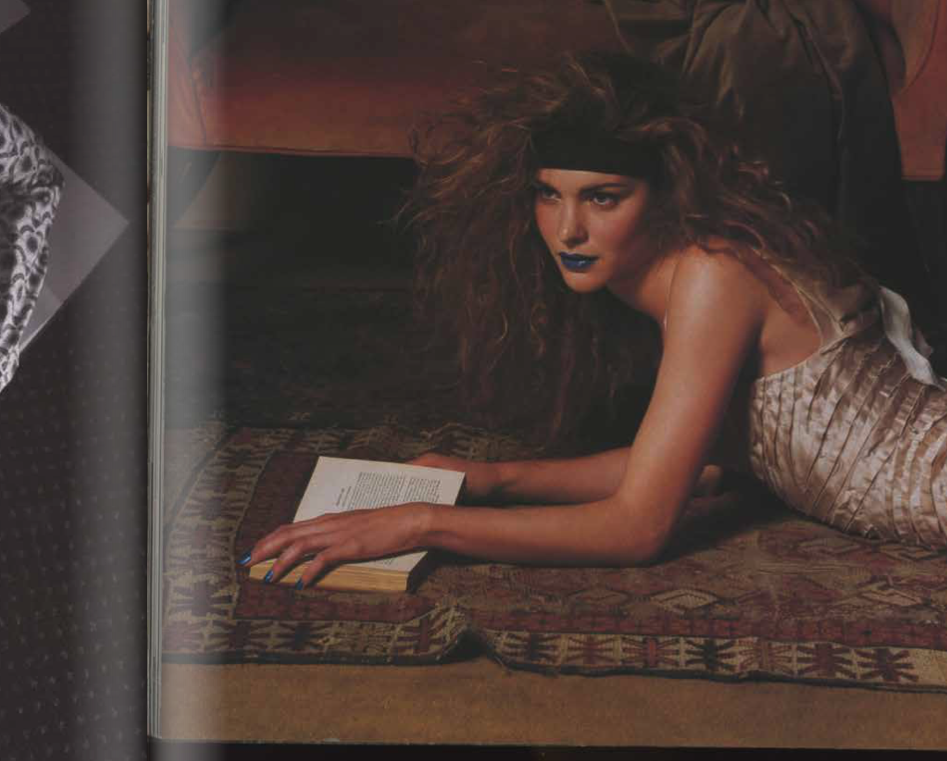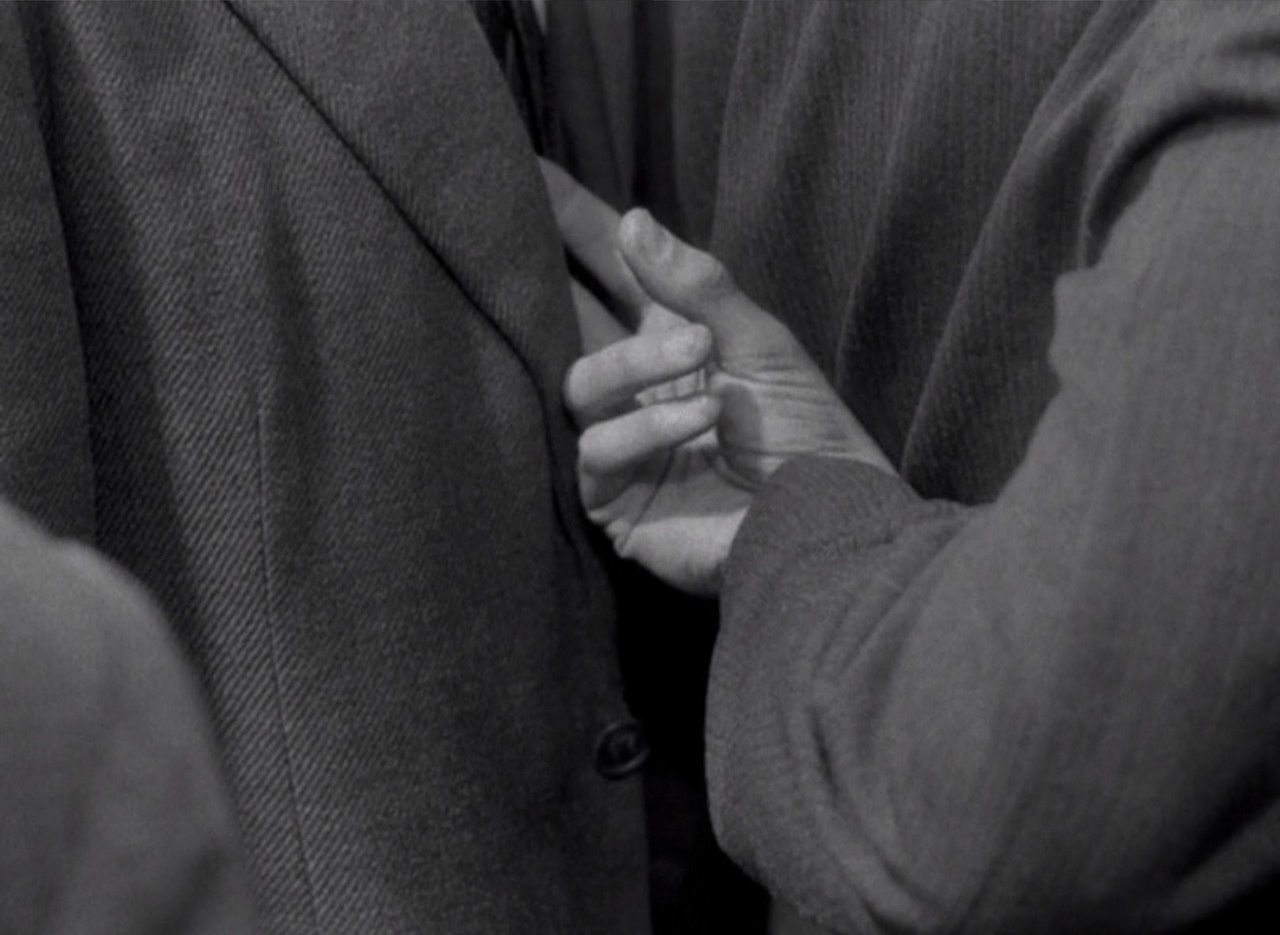Features
The BOOK VS CLOTH is a collection of short stories that study the overlap between the two worlds of paper and fabric. Emma Singleton is a London-based designer and writer with a fascination for the obscure, the esoteric and the transcendental. Her work encompasses the worlds of language, signs and symbols. Within her practice she explores the intersections that exist between design and language; producing works that weave the two together into outcomes that have been described as visually vocal.
From top to bottom
A header on a page is worn like a hat on the head. It is there as a part of a uniform that can indicate the wearers job, the books title and the stage of development in the narrative. A header, or a hat is adorned for various reasons, for safety, as embellishment, or even as an aid to navigation. The reader looks to the head as a space that typically describes the identity of the person and their narrative. The top provides clues to what chapter in their life they are in, what fashions the protagonist follows and how they desire their body to be read. It is the space the gaze first looks to for signs and signals, the hat you wear may be judged as the title you give yourself and the chapter in your life you are living from. The words on the page, like the person below the hat, however, cannot be judged alone from what is simply worn on top.
From the top to the bottom the whole body provides an insight into the narrative and person within.
A shoe might therefore be seen in a similar way to a footer in a book. The shoe, a form of footwear, has taken various forms through time from culture to culture, yet at its core the shoes usage and appearance is tied to function. This notion of functionality is reflected in the purpose of a footer at the bottom of a page, initially reserved for page numbers the footer functions as a time stamp in the readers progression of the narrative. The book is worn down like the sole of a shoe by the increases of the count page by page and step by step. At the end the shoe and the footer are deemed redundant as the journey of the narrative ends.

They Look Of Reading,
We Look From Lacking
Pensive yet unaware, they are not here, but elsewhere; or so it seems. Disrupted but unoffended, they pause from absorption. — by Colby Vexler & Justin Clement

Experimental archives,
new fashion histories
The concept of the ‘archive’ seems to have captured once more the contemporary moment in fashion. — by Laura Gardner
From top to bottom
A header on a page is worn like a hat on the head. It is there as a part of a uniform that can indicate the wearers job, the books title and the stage of development in the narrative. — by Emma Singleton

Her hand nuzzled
into his pocket
How the novel frees the garment of/from? fashion — by Femke de Vries
Keeping your heart in
a fabric padded pouch
Why do we wear our hearts on our sleeves? Why do we pad out our love as though its bound to hurt? Why does a heartbeat reverberate through the fabric of the skin? — by Emma Singleton